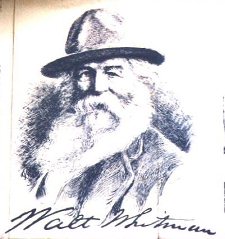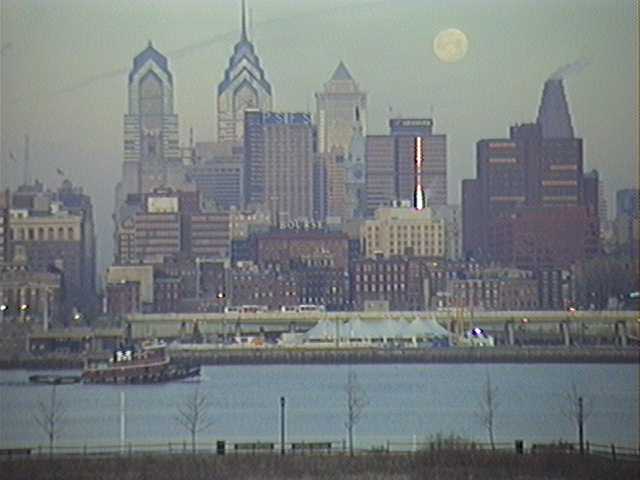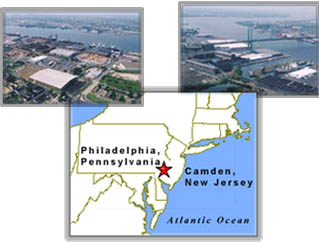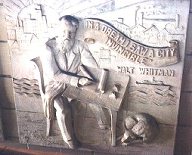

 |
 |
 |

|
the attacks of the whole of the rest of the earth, I dream'd that was the new city of Friends Nothing was greater there than the quality of robust love, it led the rest, It was seen every hour in the action of the men of that city, And in all their looks and words. |
 |


CONTINUE: GALLERY OF MISCELLANY